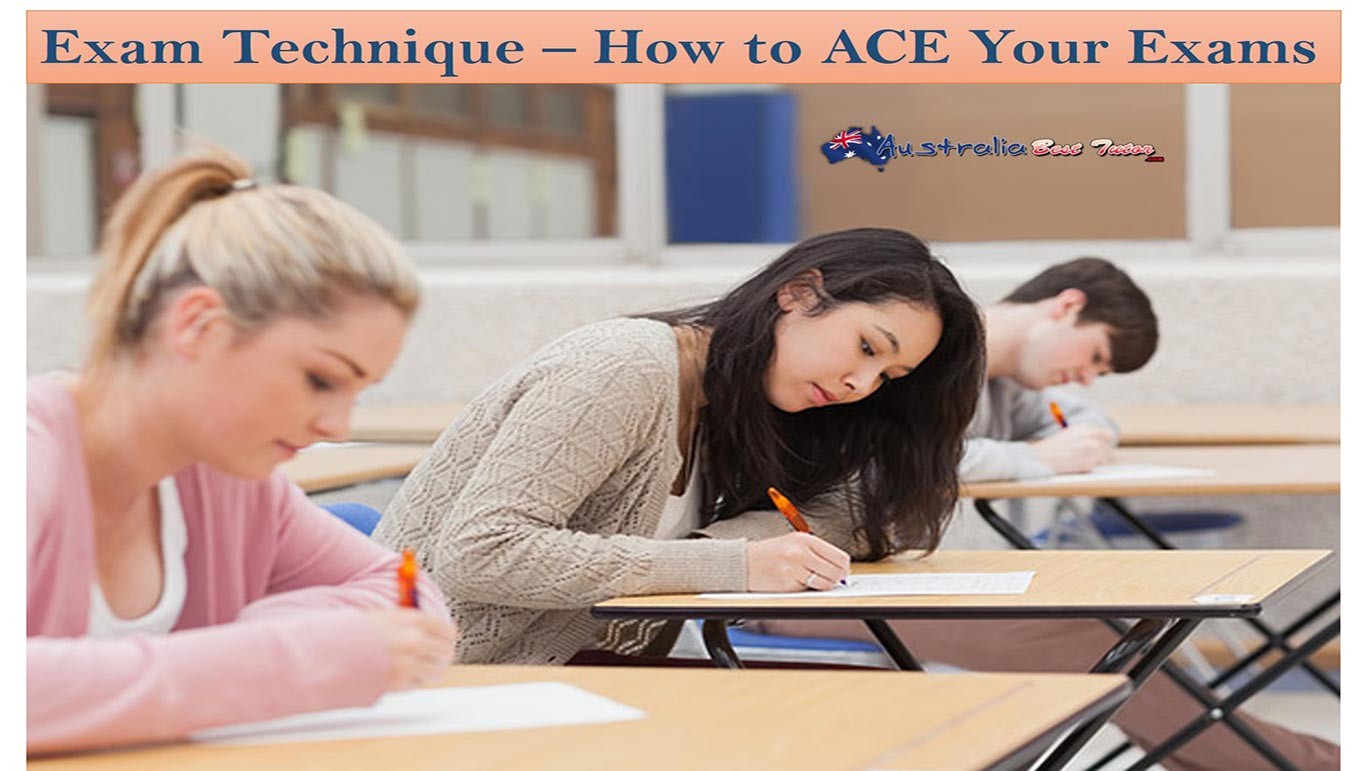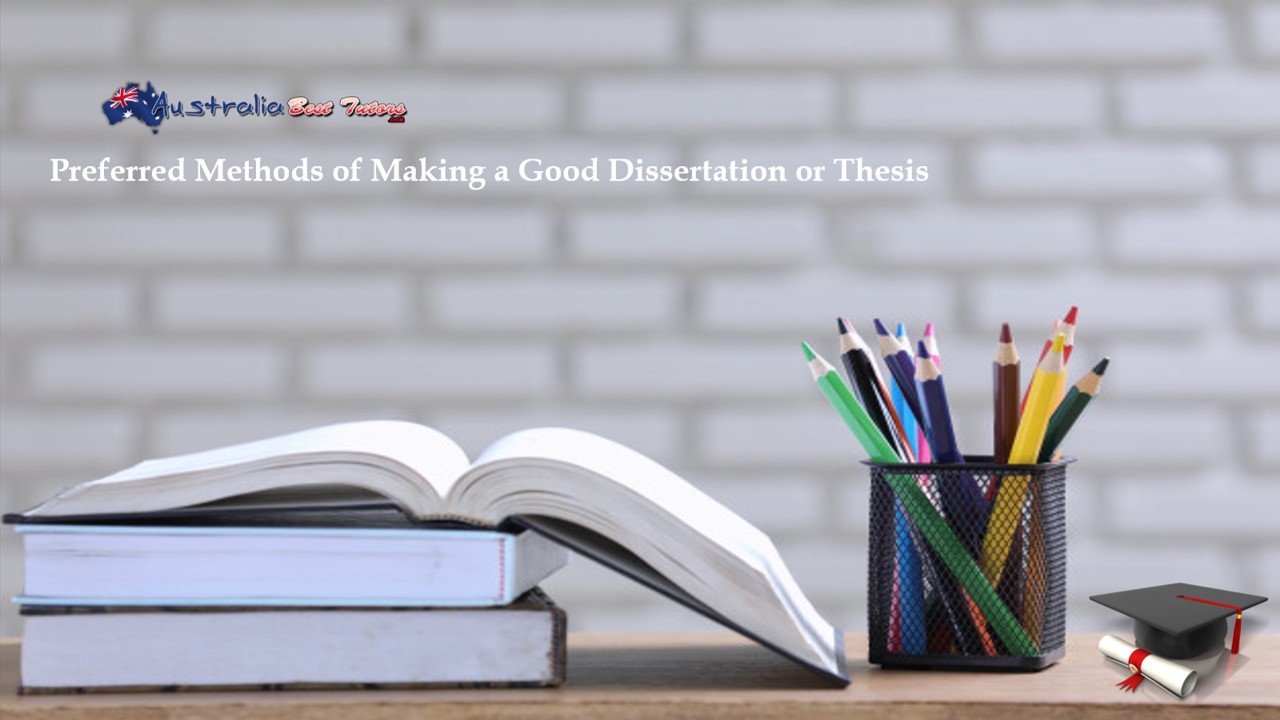Exam Technique – How To Ace Your Exams
Knowledge is essential for doing well in school. However, when it comes to in-house assessments, there is more at play than just experience. There are many smart students, but not all of them do well in exams. It is by design because our education system is designed to separate students based on letter grades.

So, what can be just as crucial in exams as knowledge? It's a kind of wisdom that comes with experience. It's called the exam technique. Exam technique is the strategy with which a student tackles the exam.
It is a system of priority, in which a student makes a series of smart decisions about how to navigate an exam paper. It is not set in stone and can vary from paper to paper. However, there are overarching themes that can influence decisions. Let's explore them!
Reading Time
Everything starts with reading time. Reading time in an exam setting is the time before the exam that is given for reading the exam paper. At this time, students are not allowed to write. This is the perfect opportunity to read through the exam paper – to a virtual map in your head regarding the 'path of lowest resistance.'
You should identify the most straightforward questions and the ones you are most confident with and place them at the forefront of your efforts and save the most challenging problems for last. It is essential because it allows you to pick up the most marks. There is little point in throwing all your efforts at the most problematic question only to realize you have no time to complete easy questions.
Prioritizing Questions
To prioritize questions, we need to determine the question difficulty. Easy and hard are arbitrary terms and should be connected to some numerical measure. Thankfully, in most exams, such systems are exemplified by marks. Different amounts of marks are given to questions based on their perceived difficulty.
Generally, marks are given in proportion to the time it should take to complete a specific question; however, it does not correctly qualify the difficulty of a problem for any particular student. Therefore, it is that marks should be used in conjunction with the student's judgment, depending on their unique strengths and weaknesses.
Therefore, it is the combination of both the marks given to a question and the relative ease with which a particular student can answer the question that should determine the chronological order in which it is responded to.
Language use and keywords
It is not enough to answer questions correctly; often, questions need to be answered in a certain way. Unfortunately, this is another artifact of a system that needs to separate students to the furthermost extent while maintaining a black and white dichotomy in marking criteria.
The use of particular language framing and keywords can play a key part in separating students. It is especially prominent in the sciences, where this is disguised as 'scientific language.' The simplest of explanations are 'buzzwords' or sentences that qualify an answer to receive full marks. These are recurring ideas that are considered the pinnacle of understanding a particular concept and thus are used to distinguish students' performance.
Working Out
In mathematically orientated subjects, perhaps one of the biggest downfalls of students is working out. Students, knowingly or not, often skip steps in their workings – often because many steps seem redundant but also because of time pressure. This results in them being penalized. Some consider this unfair. However, workings are the best way that a student can demonstrate their complete subject knowledge.
Therefore, students must know their material back to front and know the required steps that need to be shown to acquire full marks. Each problem typically has a minimal set of steps that need to be delivered to receive top spots – these should be memorized and used when answering questions.
Checking and rechecking answers
An amount of type should be dedicated to checking answers at the end of an exam. It goes for science as well as math and essay type exams. In math-related assessments, there is typically a way to work backward from the answer, which is a fantastic tool when confirming answers. It is because it eliminates bias from following the same steps used to obtain the solution in the first place.
In essay type exams, checking and rechecking involves looking out for spelling, grammar, and structure and arguments' cohesiveness. Often it is too late to change entire paragraphs; however, inadequate sentences can still be replaced to increase the overall quality of the piece. This time can also be used to add relevant evidence, such as quotes to solidify arguments further.
Planning
Planning is used to create a roadmap for answering extended questions in various disciplines. Planning is well correlated to improvements in student performance. Although it takes precious time initially, this investment can be paid several times over in the response's quality. Moreover, it will likely save time later on, as it will reduce restructuring and backpedaling in your answers.
There are many ways to plan an answer. Typically, this a brainstorming exercise that involves a mind map with different ideas exemplified by dot points. These can then be related to each over in a logical way to form the backbone of your response.
Conclusion
Having good exam technique can significantly benefit a student's performance. It not only improves planning and organization during a test but can guarantee you do not lose marks from not showing working out and the use of specific language and keywords.
It gives students confidence by providing an exam plan that dictates how reading time is best used, what the planning process should look like, which questions should be answered first, how marks should be prioritized, and much more!
Exam technique is as essential as knowledge in guaranteeing that students are successful in their academic journeys.
John Wright is a private tutor, writer, and proud business owner at Australia Best Tutors. He's passionate about educating young people and inspiring them to do better.



